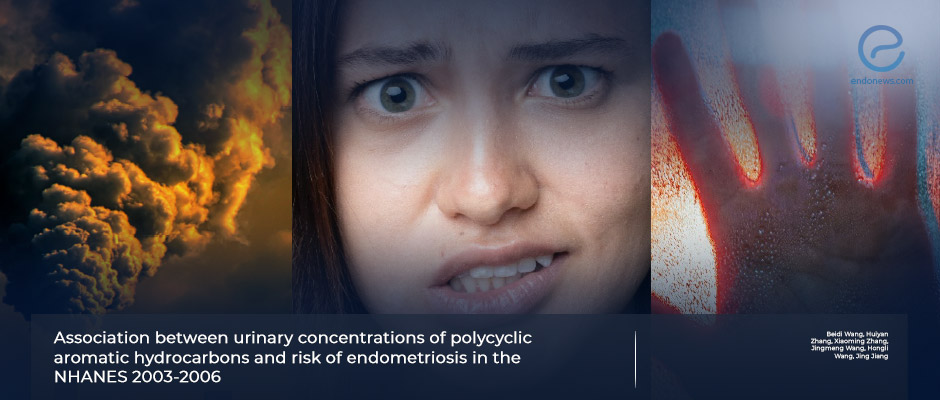Study Finds Link Between Exposure to Pollutants and Increased Riks of Endometriosis
Jan 9, 2024
There may be a link between exposure to pollutants and the risk of endometriosis.
Key Points
Highlights:
- Exposure to polycyclic aromatic hydrocarbons seems to be associated with an increased risk of endometriosis.
- A high concentration of 9-fluorene seems to be associated with an increased risk of endometriosis in overweight women.
Importance:
- These findings shed light on the possible link between exposure to pollutants and the risk of endometriosis.
What’s done here:
- Researchers analyzed data from the National Health and Nutrition Examination Survey database between 2003 and 2006.
- Urinary concentrations of PAHs were divided into quartiles, multivariate logistic regression, restricted cubic spline, and subgroup analyses were performed.
Key results:
- Exposure to 9-fluorene, 1-phenanthrene, 2-phenanthrene, and 4-phenanthrene was significantly associated with the risk of endometriosis.
- Long-term exposure to polycyclic aromatic hydrocarbons increased the risk of endometriosis further.
- There was a significant association between the concentration of 9-fluorene in urine and the risk of endometriosis in overweight women.
Limitations:
This study only reports of the association between exposure to polycyclic aromatic hydrocarbons and endometriosis. No causative link can be drawn from these findings.
Lay Summary
High concentrations of polycyclic aromatic hydrocarbons in urine may be associated with a higher risk of endometriosis, according to a new study published in the scientific journal Environmental Science and Pollution Research. The study also found that the concentration of 9-fluorene in urine was associated with a high susceptibility to endometriosis in overweight women.
These findings shed light on the possible link between exposure to pollutants and the risk of endometriosis.
For the study, a team of researchers led by Dr. Jing Jiang from the Department of Gynaecology and Obstetrics, The Second Affiliated Hospital of Harbin Medical University in Harbin, China analyzed data from the National Health and Nutrition Examination Survey database between 2003 and 2006.
They found that exposure to 9-fluorene, 1-phenanthrene, 2-phenanthrene, and 4-phenanthrene was significantly associated with the risk of endometriosis.
Moreover, long-term exposure to these chemicals increased the risk of endometriosis with each one-standard-deviation increase in concentration leading to an increase of 66%, 62%, 68%, and 56% for 9-fluorene, 1-phenanthrene, 2-phenanthrene, and 4-phenanthrene, respectively.
Finally, the researchers found that there was a significant association between the concentration of 9-fluorene in urine and the risk of endometriosis in patients whose body mass index was 25 or above.
Research Source: https://pubmed.ncbi.nlm.nih.gov/37872335/
polycyclic aromatic hydrocarbons environmental pollutants endometriosis risk

